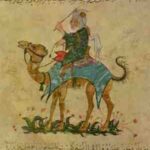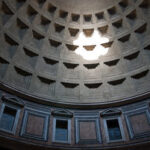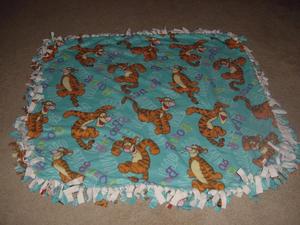Marco Polo is said to have brought pasta to Europe from his travels to China, but with all respect to Mr. Polo, pasta was eaten in Italy long before his Cathay voyages. An ancient Roman recipe actually calls for a form of fettucine with cheese, and there are other recipes which point to a long train of ancestors of Italy’s national dish.
Naturally, a dish with such a long tradition behind it occupies a special place in the hearts of people. Italians customarily offer awards to the best pasta creations. There are statues and even museums honoring the artful models made of pasta. Though the US does not yet heap laurels on its pasta artists, this country is fast becoming one of the leading pasta producers. That is because this country ranks among the foremost growers of durum wheat, which goes into the making of the finest pasta.
Every Italian mama knows that the best pasta contains the greatest amount of durum wheat. This is the healthiest and lightest kind of pasta you can eat, with firm texture and delicate flavor. The refined inner kennels of hard, durum wheat, ground into semifine flour, produce the semolina which when mixed with water, becomes the dough that can be made into a variety of dried pasta shapes, spaghetti, macaroni, rigatoni, and vermicelli, to name a few. When the flour is mixed with water and eggs, a soft dough, which can be rolled out and cut into flat ribbons of varying widths, produces what we know as “noodles” – fettucine, linguine, and tagliarini.
Besides its numerous shapes, pasta comes in five colors – the regular cream; a light brown variety made with whole wheat flour; yellow, made with eggs; green, made with spinach; and red, made with tomato.
Next Topic: Pasta as an Appetite Suppressant.





